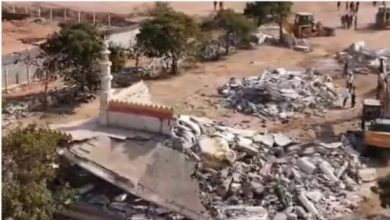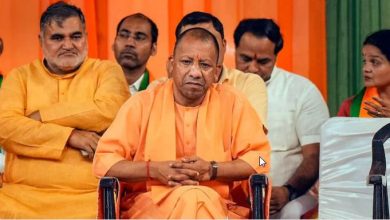India upset by Pakistan’s weapon modernization at fast track, says Vohra

New Delhi: In a fresh vlog, India’s defense analyst Dinesh K Vohra highlighted the alarming military advancements being made by Pakistan, which he claims is now upsetting India’s defense strategy.
According to Kashmir Media Service, while India has historically viewed the Pakistan Army as not a significant threat, due to its focus on the China corridor, Vohra suggests that this perception is rapidly changing.
Vohra points out that, despite Pakistan’s economic challenges, its military has made remarkable strides, particularly in acquiring modern weaponry. He revealed that Pakistan has finalized a deal to purchase 40 fifth-generation stealth fighter jets, the J-35, from China, with deliveries set to begin by the end of 2026. Pakistani pilots are reportedly undergoing training at Chinese airbases, positioning Pakistan as a significant force in the region, Vohra claims.
In stark contrast, Vohra notes that India is struggling to acquire fourth-generation warplanes, leaving it far behind its neighbor in terms of technological advancements. “Pakistan is already competing for fifth-generation warplanes, while India has no clear plans of acquiring such advanced aircraft,” Vohra asserts.
The situation is compounded by comments from Indian Air Force Chief Air Marshal AP Singh, who lamented India’s lag behind both China and Pakistan. “India is decades behind China, and now it is lagging behind Pakistan by a decade or more,” Singh said, referring to Pakistan’s progress in securing cutting-edge military technology. Vohra further emphasized that, with the addition of Turkey’s KAAN system, Pakistan will soon hold a military edge over India of up to 12 years.
India, meanwhile, is still relying on outdated aircraft like the MiG-21 and Sukhoi fighter jets, with some squads still operating the MiG-21, which Vohra dubs as “flying coffins.” He expressed concern that India’s armed forces—army, navy, and air force—are in a deteriorating condition, leaving the country vulnerable to simultaneous attacks from both China and Pakistan.
India’s struggle to modernize its military is compounded by the long timelines involved in acquiring new equipment. Vohra suggests that any foreign purchases of advanced technology could take until at least 2030 to materialize, further highlighting the urgency of addressing the imbalance in military preparedness.
With Pakistan’s rapid advancement in modern weaponry and defense systems, Vohra calls for a strategic rethink in New Delhi, stressing that the country’s defense infrastructure is in a critical state, potentially jeopardizing its security in the face of growing threats.








